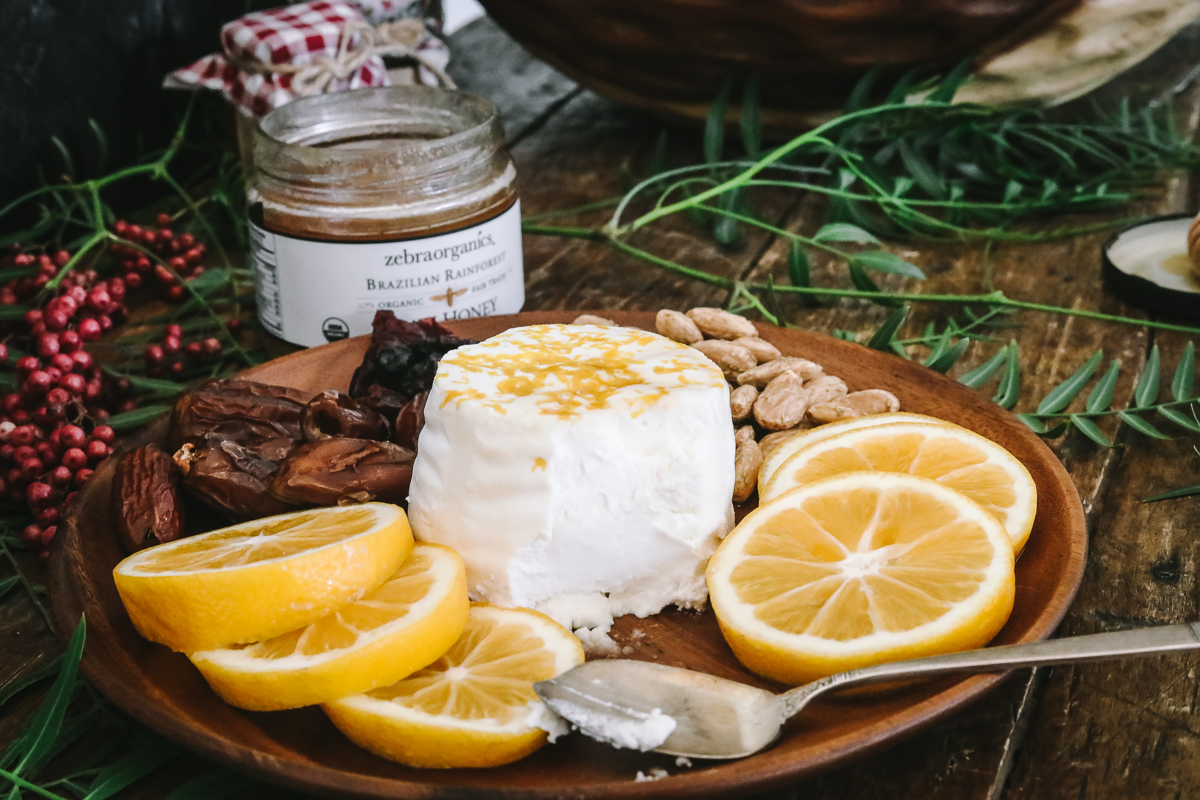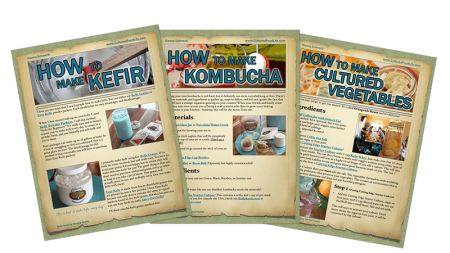
The X Factor Vitamin In Cheese
Raw Milk Cheese
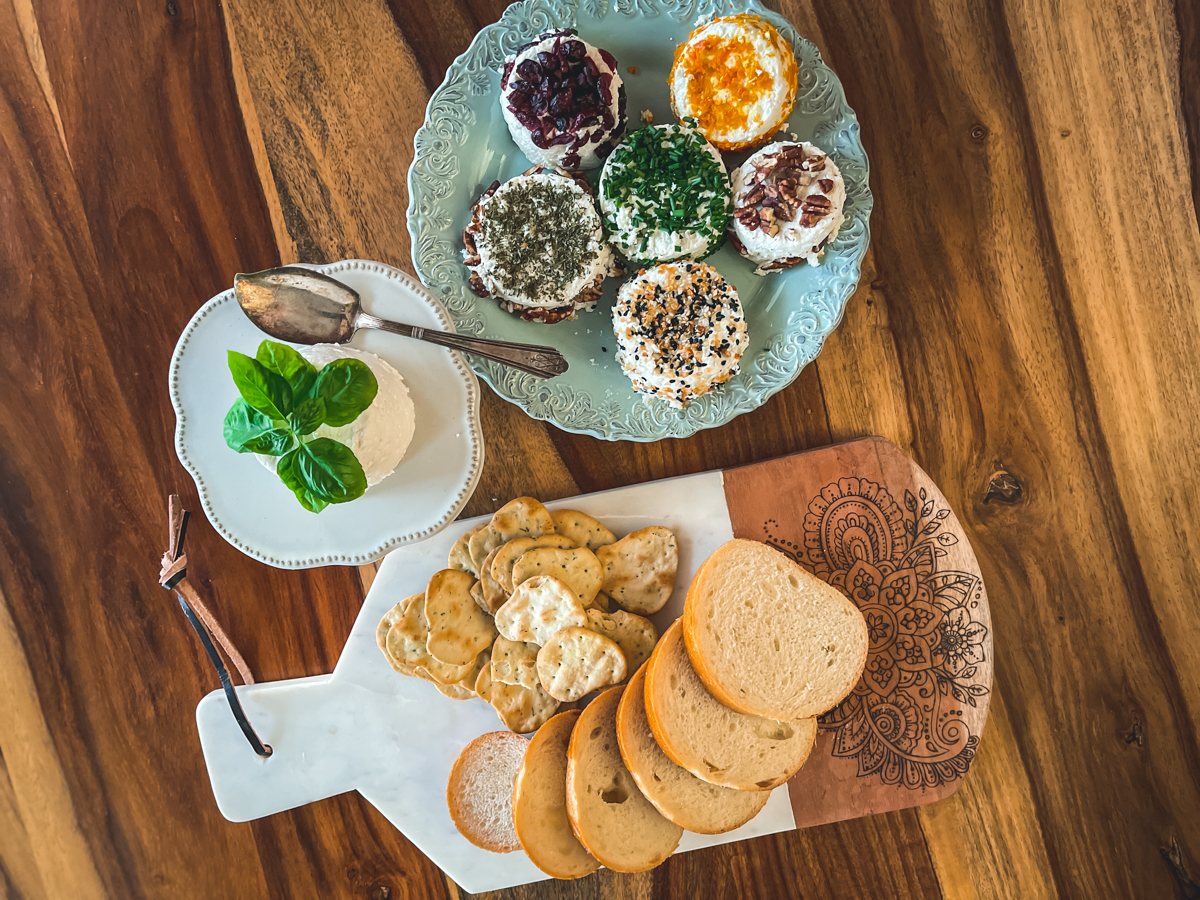
Pasteurization and Raw Milk Cheese
Pasteurization was invented to kill pathogens in milk and subsequently in cheese too. But it also impacts the microorganisms responsible for complex tastes and aromas and removes the good bacteria that help those bugs in your gut thrive. The dangers associated with unpasteurized milk — such as salmonella, E. coli, and Listeria — aren't what they used to be if the milk is handled correctly. Raw milk cheese is waging a comeback because science has progressed. Raw milk cheese abounds in enzymes that help to digest the fats and proteins. When the food you eat has abundant bacteria and enzymes, then the digestive system is not overtaxed. Raw milk cheeses are showing up everywhere. They're full of flavor and raw milk cheese tastes so much better that you don't need as much to feel satisfied. In March 2009, U.S. News & World Report stated that consumption of raw milk, and cheese made from it, may significantly lower the symptoms of allergic reactions such as asthma, hay fever, and eczema. Cheese made from raw milk is aged a minimum of 60 days by current law, and that makes a big difference in the safety of these cheeses.
Vitamin K2 - The X Factor
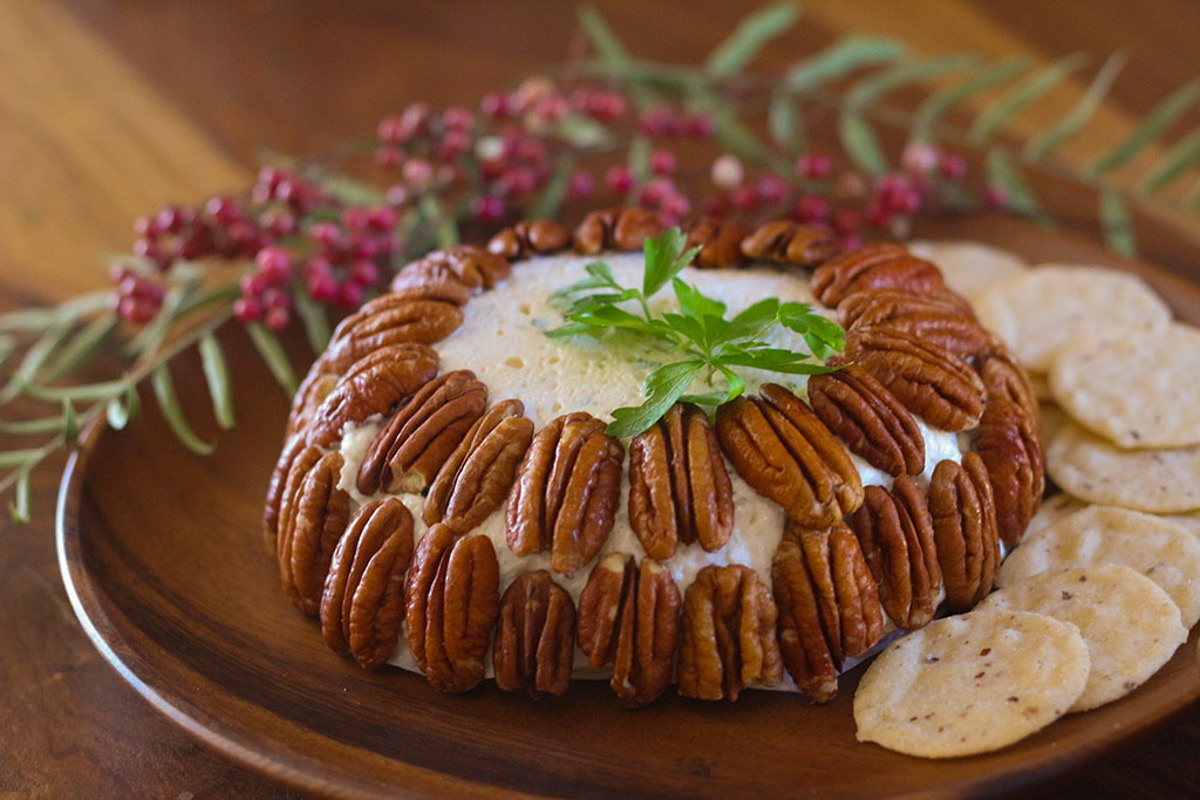
Most have believed that the benefits of vitamin K2 are limited to its role in blood clotting and that vitamins K1 and K2 are simply different forms of the same vitamin—with the same functions. However, the role of vitamin K2 in the body extends far beyond clotting and may help in the prevention of chronic diseases. Vitamin K2 has many functions not associated with K1 - so many that researchers insist that K1 and K2 are best seen as two different vitamins entirely. Most people are deficient and not getting enough Vitamin K2.
Vitamin K2 is called menaquinone (MK) and is predominantly of microbial origin. The K2 is produced by gut bacteria in your large intestine and many researchers suspect that broad-spectrum antibiotics contribute to a K2 deficiency. Cultured foods such as sauerkraut, cheese, and natto contain substantial amounts of vitamin K2 and the body easily absorbs what it needs thanks to the microbes in these foods. Vitamin K is also found in butter from cows who have grazed on grasses—especially wheatgrass and alfalfa - in a lush green state of growth. Commercial butter is not a significantly high source of vitamin K2.
 K2 Health Benefits
K2 Health Benefits
- Vitamin K2 has been shown to reduce the risk of prostate cancer by 35 percent [2] and it also protects against leukemia and might even be used as a treatment for leukemia in the future [3]
- Vitamin K2 may help protect us from heart disease by reducing calcium deposits in the arteries. Some studies have even shown it can reverse arterial calcification[4]
- Vitamin K2 helps form strong bones and helps the skin stay healthy with the prevention of wrinkles, sagging skin, and varicose veins. Vitamin K2 is a necessity for vitamin A to do its job which is maintaining proper skin cell proliferation.
- Dr. Price talked extensively about the role of K2 in tooth health and helping to keep the teeth cavity resistant by helping dentin produce osteocalcin. Osteocalcin deposits calcium into the enamel.
- Brain health can improve with eating more vitamin K-rich foods. These foods have been shown to sharpen memory and stave off dementia in older adults[5]
- The immune system is greatly enhanced from Vitamin K2, specifically as it fights inflammation. It strengthens your immune cells, allowing you to fight off pathogens better. [6,7]
It's clear that vitamin K plays an essential role in body function and I've seen it help my family tremendously - especially in our early days of eating cultured foods.
I have been making a lot of raw soft cheese for my ebook on soups, salads, and dressings. It's been a lot of fun and my refrigerator is stocked with homemade cheeses. I also want to share with you some of these probiotic raw cheeses that I know you will love and find easy to make. They will give you more access to K2 and all its benefits.
Probiotic Cheese Recipes
Chèvre Goat Cheese
Chèvre cheese is mostly made with goat milk but you can make it with regular dairy too. Goat cheese provides extra health benefits. It contains healthy fats, which are medium-chain fatty acids. These MCFAs can help improve satiety and benefit weight loss [8] since goat’s milk contains more medium-chain fatty acids than cow’s milk. These fats are rapidly broken down and absorbed by the body and are less likely to be stored as fat.[9]Goat’s milk also contains capric acid, another medium-chain fatty acid that has been shown to possess antibacterial and anti-inflammatory properties.[10] One of the good bacteria in chevre, Lactis cremoris, has been studied and found to be an effective beneficial bacterium that limits tissue injury in the intestine. [11] Other studies have found that it is effective in combating P. acnes, a type of bacteria that increases inflammation and can be involved in the development of acne. [12]
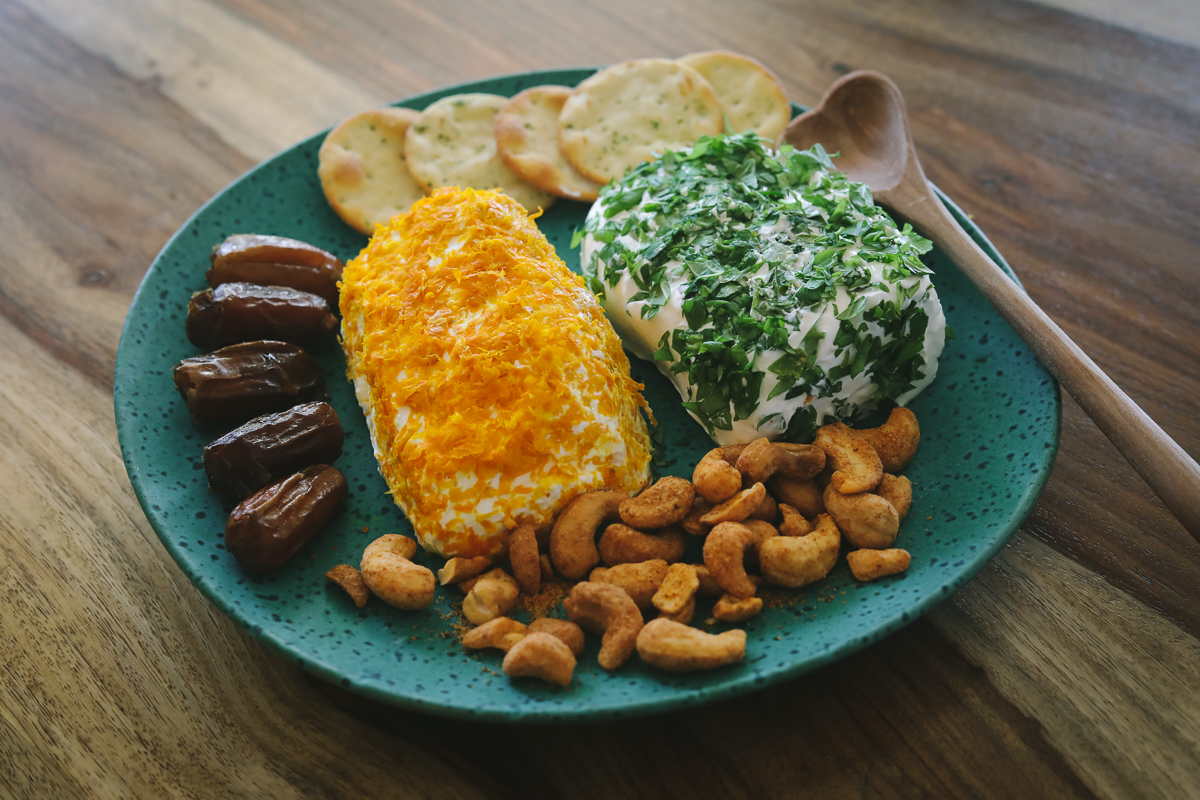
Créme Fraîche
Créme Fraîche is added to certain soup recipes to infuse them with flavor and to help thicken them. You do get 2 percent of your daily calcium needs in every tablespoon serving. Calcium is necessary for strong bones and teeth and also plays a role in the health of your heart and muscles, too. Depending on what brand of Créme Fraîche you eat, you'll also get between 8 percent and 15 percent of your daily vitamin A needs. It only has 1 carb per tablespoon so it works well for keto diets. I really encourage you to make your own as this will ensure that you're getting probiotics too. Plus it's super yummy in your coffee too. Créme Fraîche Recipe
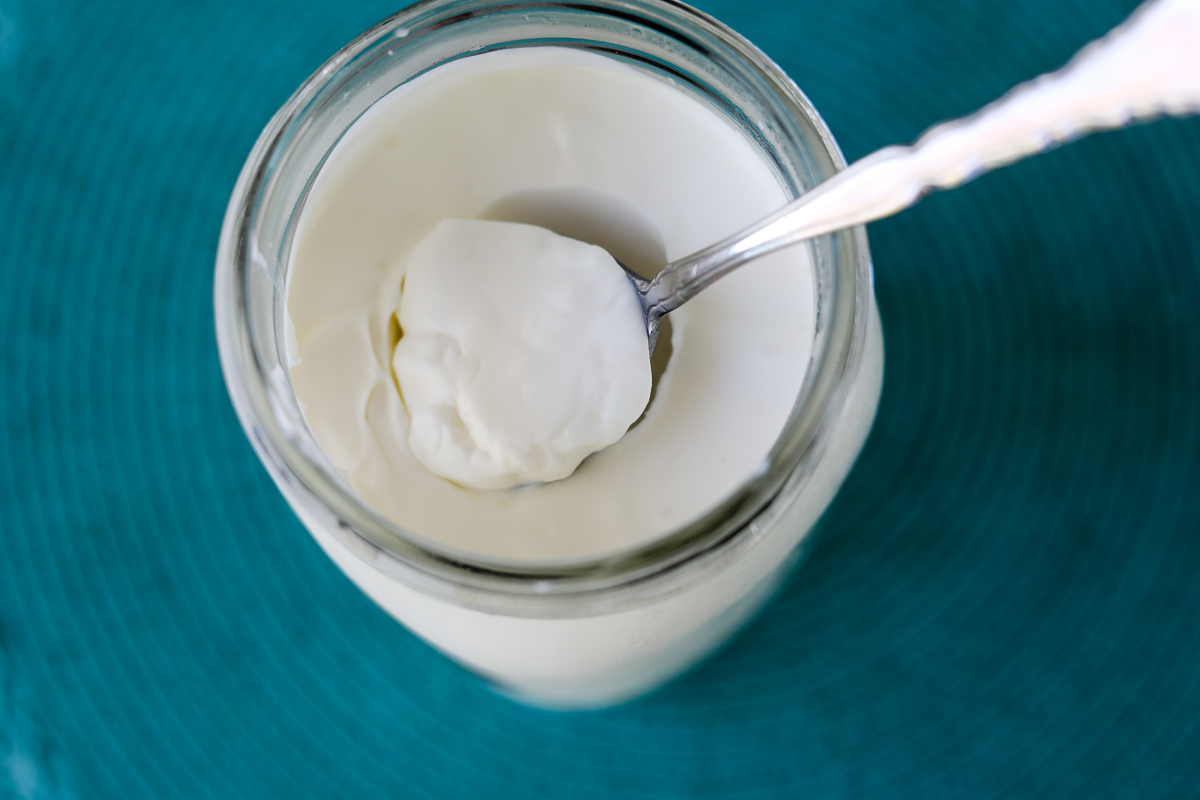
Kefir Cheese
Kefir Is the Most Powerful Probiotic Food since it contains over 50 probiotics. Other fermented dairy products are made from far fewer strains and don't contain any good yeasts. Certain probiotics in kefir are believed to protect against infections. This includes the probiotic Lactobacillus kefiri, which is unique to kefir. Studies demonstrate that this probiotic can inhibit the growth of various harmful bacteria, including Salmonella, Helicobacter pylori, and E. coli.[13,14] It also has antibacterial properties and anti-inflammatory properties. Kefir cheese is wonderful for restoring your gut flora. How to Make Kefir Cheese
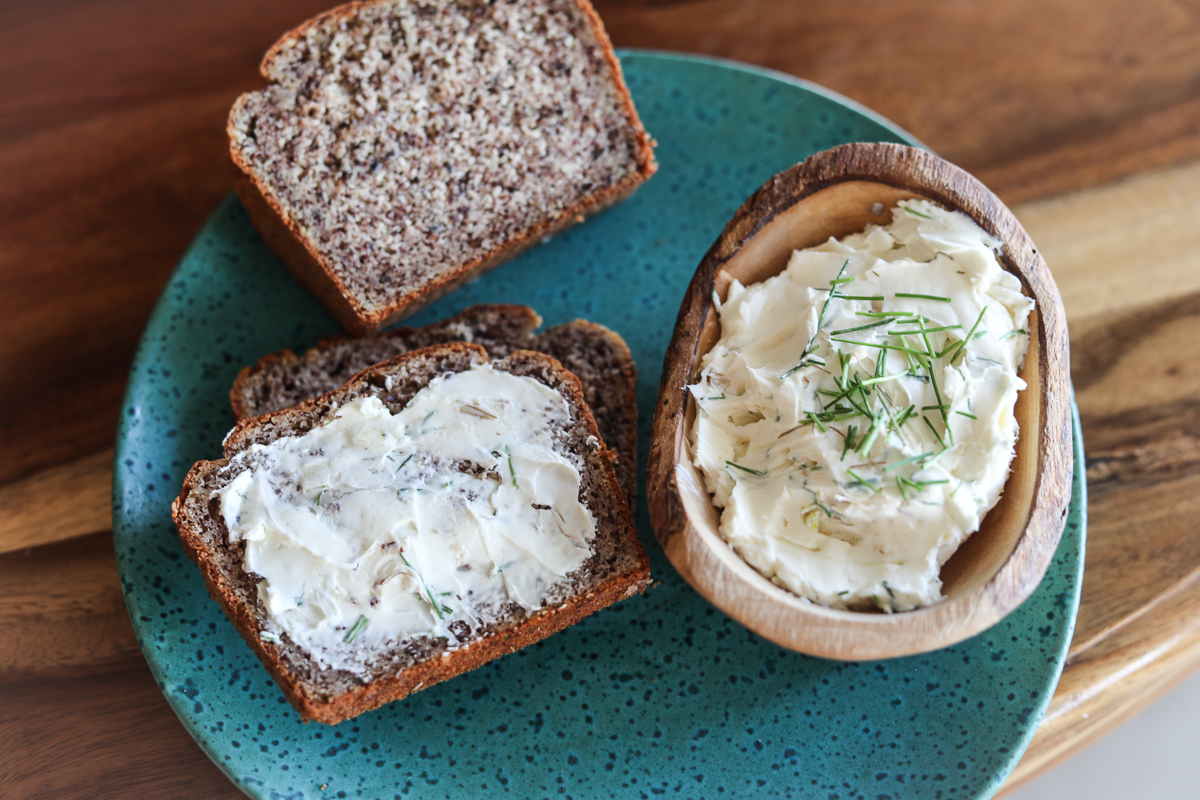
L. Reuteri & Yogurt Cheese
This is a creamy, delicious spreadable cheese that you can serve with fruit and granola. You can also make it savory and serve it with crackers or use it as a topping for a salad. It's very creamy and a lot like goat cheese. You can also make this recipe with other yogurts too like L gasseri Yogurt or Yogurt Plus. Just substitute the L. gasseri or Yogurt plus and then follow the rest of the instructions. If you'd like the recipe for my blueberry compote and other yogurt recipes, you'll get my free Yogurt Book when you buy a package of L Reuteri Superfood, L gasseri Superfood Starter, or Yogurt Plus. L. Reuteri Cheese Recipe,
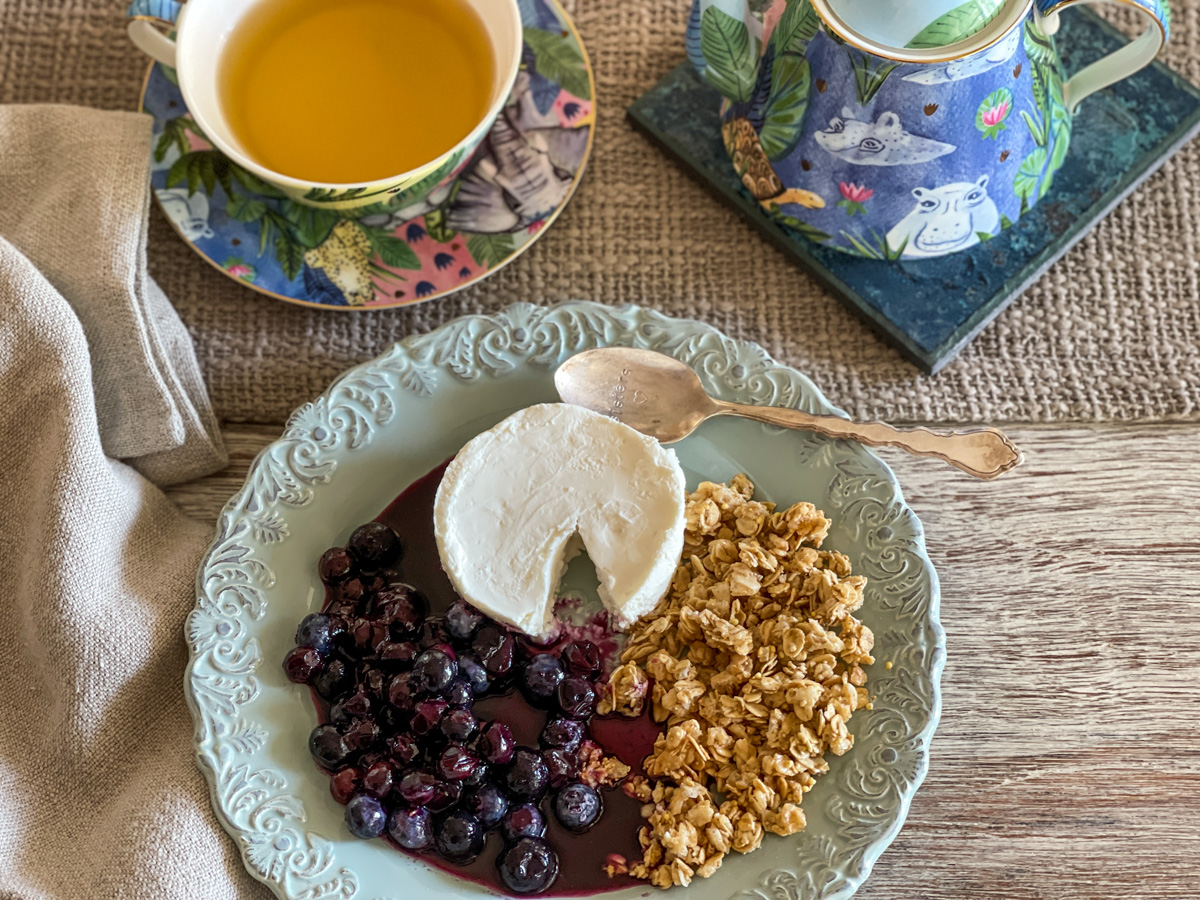
Listen To My Podcast
v
Cheese is loaded with vitamin K2 which has been referred to as the X factor. Vitamin K2 has huge health benefits that may really surprise you. Learn how to make special cheeses and discover why they contain the X-factor vitamin.
References:
- https://link.springer.com/chapter/10.1007/978-1-4899-1789-8_19
- https://www.nutraingredients.com/Article/2008/04/09/Vitamin-K2-linked-to-lower-prostate-cancer-risk
- https://www.ncbi.nlm.nih.gov/pubmed/16142303
- https://www.ncbi.nlm.nih.gov/pubmed/18722618/
- https://www.ncbi.nlm.nih.gov/pubmed/26923488
- https://www.vitafoodsinsights.com/vitamins-and-minerals/overlooked-benefits-vitamin-k-immune-system-0
- https://www.naturalproductsinsider.com/immune-health/potential-vitamins-d-and-k2-immune-system
- https://www.ncbi.nlm.nih.gov/pmc/articles/PMC5577766/
- https://www.ncbi.nlm.nih.gov/pubmed/17898493
- https://www.sciencedirect.com/science/article/pii/S175646462100373X
- https://www.ncbi.nlm.nih.gov/pmc/articles/PMC6369221/
- https://www.ncbi.nlm.nih.gov/pubmed/24284257
- https://www.ncbi.nlm.nih.gov/pmc/articles/PMC4052788/
- https://www.ncbi.nlm.nih.gov/pmc/articles/PMC4273153/
Are you on the list?
Sign up today and I'll send you my free Getting Started Guide!
Each week I'll send you updates, tips, recipes, and more! You might even be a winner of my weekly giveaway! (starter cultures, memberships, and more!)
Come be a part of my cultured food family!

